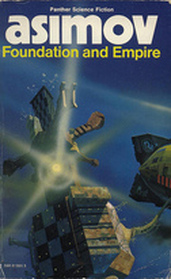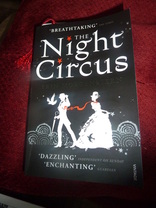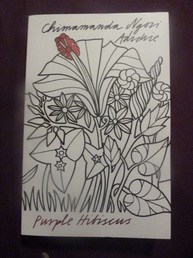
This is the second book in Asimov's Foundation trilogy.
The first book saw Hari Seldon use the new field of psycho-history to predict the fall of the dying empire and to map out the future of humanity and establish a new foundation at the edge of the galaxy. By creating a society under the right conditions and by predicting the course of mankind's future, Seldon was able to steer humanity out of barbarism and into a new civilisation. Seldon died but many came after him to steer the Foundation through each Seldon crisis, a crisis that threatens the Foundation but which Seldon has predicted and preemptively counteracted.
So the second book tells the story of how the current inhabitants of the Foundation, 300 years after Seldon, are continuing to try and survive based on Seldon's principles. But they are threatened by a new and unknown enemy called the Mule, a mysterious man who is slowly taking over the galaxy by forces unknown.
I loved the first book. I thought it was a really clever idea and that the characters used to act it out were some of the best I'd ever read. So I was dubious coming to the second book because on the one hand it would continue the story I had enjoyed before but would it be as good?
The answer is that it is very different and, in my opinion, doesn't measure up to
The first book saw Hari Seldon use the new field of psycho-history to predict the fall of the dying empire and to map out the future of humanity and establish a new foundation at the edge of the galaxy. By creating a society under the right conditions and by predicting the course of mankind's future, Seldon was able to steer humanity out of barbarism and into a new civilisation. Seldon died but many came after him to steer the Foundation through each Seldon crisis, a crisis that threatens the Foundation but which Seldon has predicted and preemptively counteracted.
So the second book tells the story of how the current inhabitants of the Foundation, 300 years after Seldon, are continuing to try and survive based on Seldon's principles. But they are threatened by a new and unknown enemy called the Mule, a mysterious man who is slowly taking over the galaxy by forces unknown.
I loved the first book. I thought it was a really clever idea and that the characters used to act it out were some of the best I'd ever read. So I was dubious coming to the second book because on the one hand it would continue the story I had enjoyed before but would it be as good?
The answer is that it is very different and, in my opinion, doesn't measure up to


 RSS Feed
RSS Feed